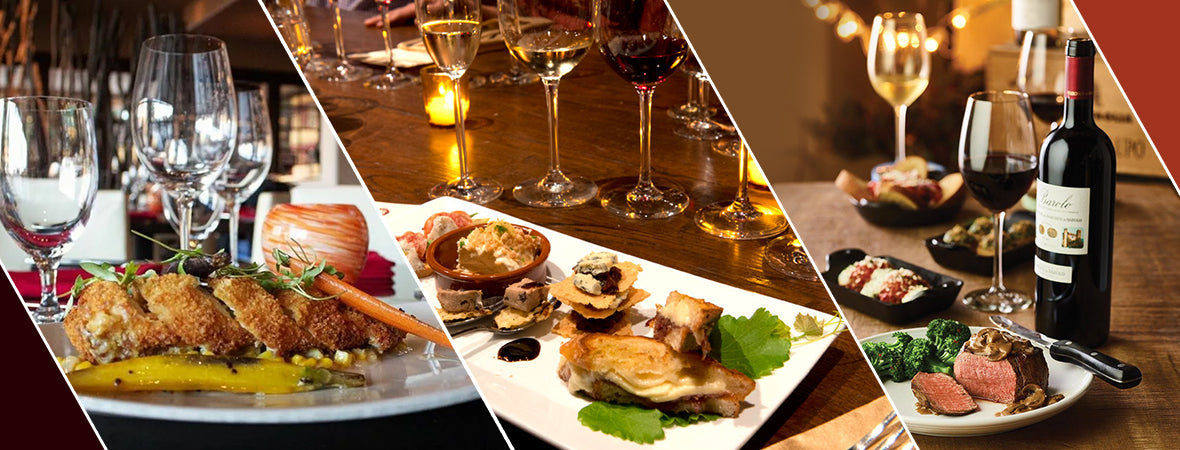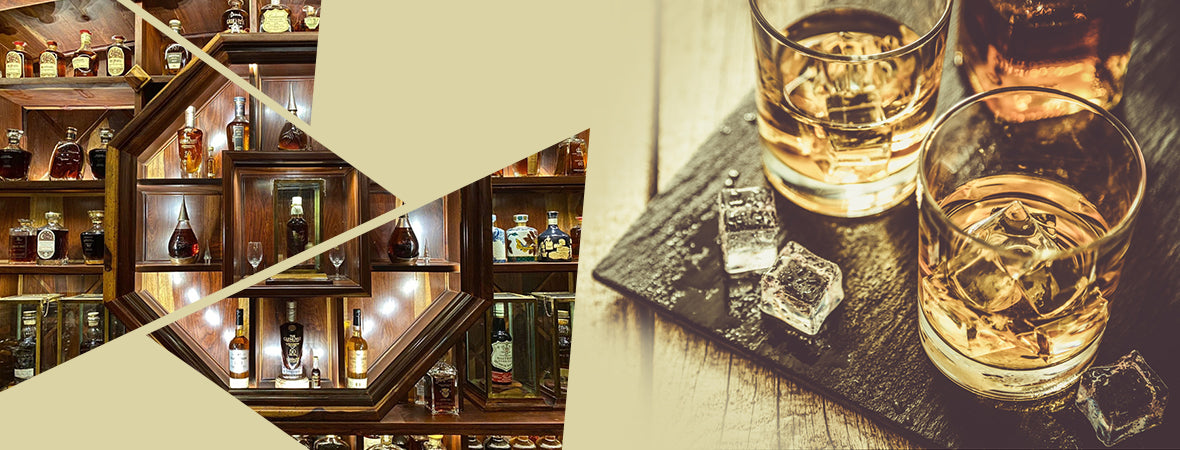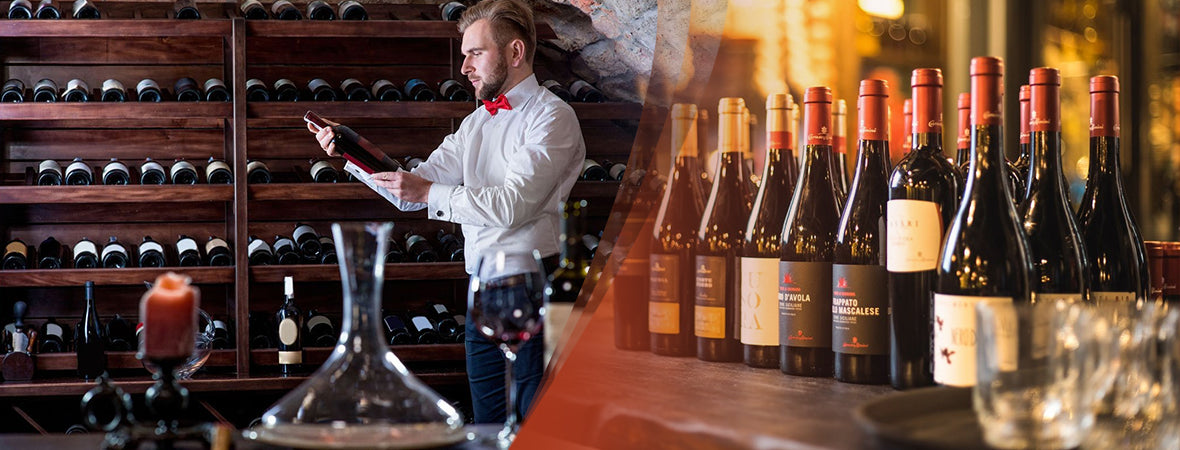The science-class diagram is familiar to everyone: a healthy, pink tongue divided into circles and ovals of taste receptors. The very tip of the tongue whispers sweet nothings, and tastes the sweet things in life in return. Receptors for salty tastes flank the sweet on each side. The place for sour notes in food and drink lies not much farther behind. And finally, in the very back of the mouth, lay the receptors for bitter tastes. The chart was said to describe the fundamentals of how the human perception of taste worked.
The idea of the taste map originated in the early 20th century, from psychological research on perception. The original research, published in German and translated into English, demonstrated that all areas of the tongue could perceive all tastes, at various levels of sensitivity. Sugars were sweet, salts were savory, and bitters were acrid, no matter where they fell on the tongue. However, researchers documented some variation in the levels of sensitivity to taste stimuli across different parts of the tongue. These statistical differences in sensitivity across regions of the tongue were minute rather than absolute, but that fact became lost in the translation. The results of the translated study produced a precisely zoned map of tasting ability. This mistaken scientific understanding then became the authoritative scientific model of the tongue for the next several decades.
The taste map is an admittedly attractive theory, for several reasons. The categories are neatly labeled, mutually exclusive, and seem logical. They complement and contrast: sugar and salt, sweet and sour, and so on. Therein lies the beauty of wine, grapes, cheese, and crackers – their taste profiles complement each other harmoniously.
Creating an effective wine pairing often starts with a consideration of the taste profiles of the food and the intended drink. By using the taste map concepts to choose well-paired products, wine enthusiasts from hobbyists to sommeliers can achieve outstanding effect. The descriptive capacity of winemakers and professional tasters and judges has created a wealth of gustatory information from which wine enthusiasts can evaluate their beverages.
The existence of the taste map is treated as a part of the oenological canon, even though there is no evidence to support it. The misunderstanding in the translation has created a popular knowledge misconception of taste that has persisted ever since.
The very strictest interpretation of taste mapping theory – that tasting abilities are confined to specific zones of the tongue - has long been disproven. However, that doesn’t mean that the theory is left without any sort of legacy. Taste mapping theory achieved long-lasting (and arguably, ongoing) popularity because it offers a straightforward, qualitative measure of taste. The ability to qualify and describe wines in a standardized fashion has enabled greater popular engagement with wine culture.
The popularization of wine culture and improvements in perception research methodology has renewed interest in taste mapping theory. Newer research has confirmed the conclusion of the original study, that taste receptors of all kinds are present throughout the tongue. What creates theillusion of the taste map is the density of each type of receptor on the tongue. It’s possible – but not yet proven – that there are more sweet receptors at the front of the tongue, salty on the sides, sour and bitter in the back. How would this impact the nuance of complex tastes?
The objective scientific answer is, “not much.” As early as 1875, research on taste supported the idea that taste receptors of all kinds were located throughout the entire tongue. The evidence indicated that there was very little difference in sensitivity across different areas, which suggests that the receptor density and distribution may be fairly uniform. This suggests that the experience of taste may be highly consistent across the tongue, and that this consistency itself might be a feature of taste perception.
What does this finding mean to wine drinkers who attend to the entire experience of wine: taste, aroma, aeration, flavor, and mouth feel? What does it say about the engineering efforts that have gone into optimizing glasses, decanters, and other tools of the trade?
The technology is still sound and its purpose, still worthy. Even if the experience of tasting each sip is consistent, the quality of that sip is shaped by your serving choices. Choosing serving vessels that bring out the best in your beverage is and always will be a part of the presentation and consumption of fine wines. Andthat is a matter of the best taste!




